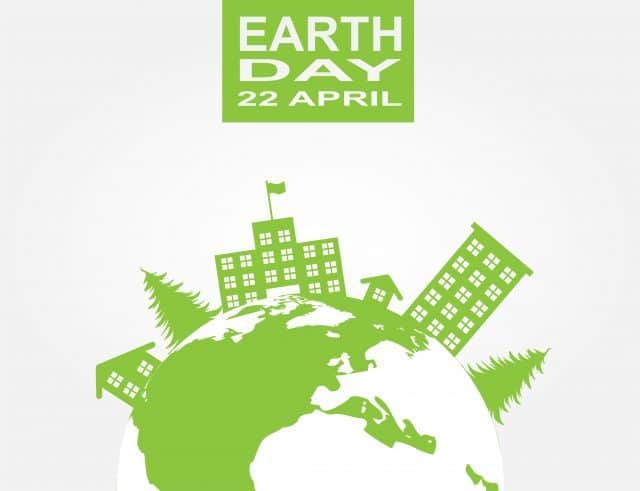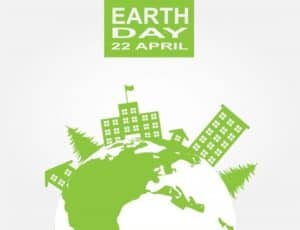In its massive drive to lessen its dependence on hydrocarbons and make earth a better place to live, GCC region is moving fast in the direction of renewables. Right from building the world’s largest solar energy part, to using latest technologies in harnessing wind energy, to going big in the direction of nuclear energy, GCC countries have embarked on a green journey toward realizing the dream of clean energy.
In one of its latest initiatives, Saudi Arabia has signed a memorandum of understanding with Softbank, Japanese multinational, to construct a sprawling solar power unit of 200 GW by 2030. Pegged as world’s biggest solar power plant till date, this will come at an estimated cost of $200 billion.
Reaping rich dividends
In the hindsight, so far green efforts have resulted in freeing up more oil for export, significant savings for economy and creation of a massive renewable infrastructure. The GCC Power Overview 2016 estimates that GCC countries could save up to three billion barrels of oil, which translates to around $200 billion, and cut up to one gigatonne of carbon emissions by 2030 just by achieving their respective renewable energy plans.
“The Gulf region is richly endowed with renewable resources as it is with hydrocarbons. The region boasts of abundant year-round sunshine, the space to develop large solar power plants and significant wind and geothermal resources. There is no better time to pursue clean energy than now when the industry is experiencing significant growth worldwide,” says Nidal Abou Zaki, Managing Director, Orient Planet Group, a leading marketing communications agency.
Sunny side up
Sun is literally shining on the Middle East region with an estimated 60 percent of the land area offering excellent conditions for photovoltaic (PV) and concentrated solar power (CSP) generation. The UAE, which has a national strategy to attain 50 percent clean energy by 2050, is leading by example. The Dubai Clean Energy Strategy 2050 aims at 75 percent clean energy and reduction in carbon dioxide emissions by 70 percent.
In September, last year, one of the world’s largest CSP project to generate 700 MW of clean energy was launched at Mohammad Bin Rashid Al Maktoum Solar Park, Dubai. The park’s 200-MW Phase-II came online in early 2017 and the 800-MW Phase-III was awarded to a consortium to make it functional by 2020. The solar park has a planned capacity of 5 GW by 2030. Dubai Electricity and Water Authority (DEWA) says the project will achieve the lowest price of energy at 7.3 US cents per kWh.
Abu Dhabi’s 1.18-GW Sweihan PV project will become the world’s largest PV solar site once it’s operational in 2019. It will sell power for a record-setting low price of 2.42 US cents per kWh. The unbelievable price was achieved as the auction worked on a model to pay power generators more during peak demands. Saudi Arabia has also recently opened bids for its 3-GW PV solar plant, which is planned to be operational by 2019. Similarly, Kuwait’s 2-GW Shagaya Renewable Energy Park and 2.8-GW Al-Abdaliyah’s Integrated Solar Combined Cycle 280 MW are under construction.
Nuclear power
The UAE and Saudi Arabia have announced major nuclear power initiatives. The Emirates aims at meeting a quarter of the electricity needs from Barakah nuclear power plant, which is being built with the help of South Korea. One of the four reactors will be running in 2018, while all four are scheduled for completion in 2020 and will save up to 12 million tons in carbon emissions every year.
Saudi Arabia has set a target of generating 6-7 GW from nuclear power by 2032 and 17 GW by 2040. Riyadh plans to build 16 nuclear reactors by 2030 and is expected to sign two new nuclear reactor contracts by the end of 2018. Egypt has also entered the field after signing with Russia to build North Africa’s largest nuclear power plant.
Henceforth, the region is going through one of the most exciting phases in green and clean energy. The prospects are also bright for the region as, energy experts believe, there’s a great potential to export electricity generated from renewable means in the future.









